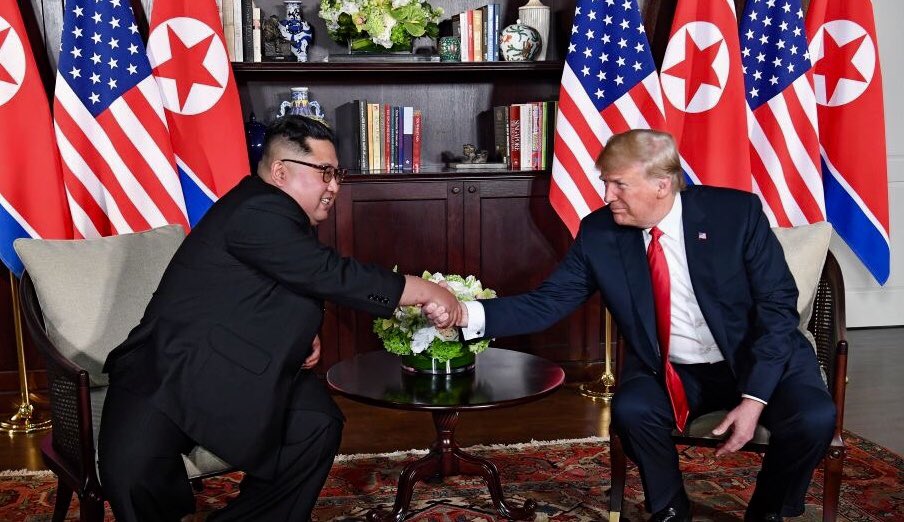Having a global audience is a priority for any international organization and leader seeking to spread their message. Twiplomacy, a research group that analyzes tweets by diplomatic leaders and institutions, has released new data that confirms people are tweeting, and tweeting a lot.
The use of social media by international organizations and leaders has skyrocketed since 2009. As Federica Mogherini, High Representative of the EU for Foreign Affairs and Security notes, “Twitter has proven to be a revolutionary social network even in politics. It is an extraordinary channel of diplomacy and of communication.”
Increasingly, social media has become a crucial tool for disseminating, sometimes historical, information. For instance, Twitter was used to circulate images of the historic handshake between Barack Obama and Cuban President Raul Castro at the 7th Summit of the Americas this April. It also became the media channel for updating the public on the Iran negotiations in Lausanne earlier this year.
Political leaders are also using social media to promote their own initiatives and campaigns. Hilary Clinton used Twitter and YouTube exclusively to announce her 2016 presidential run. Others see social media as a means to reach out to an entirely new, tech-savvy generation.
“I am a firm believer in the power of technology and social media to communicate with people across the world,” wrote India’s Prime Minister Narendra Modi on his website. Since his election in May 2014, his Twitter account @NarendraModi has moved into the top three most followed accounts of world leaders.
Social media has become so relevant now that, according to Twiplomacy,
“No embassy can do without a Twitter presence and social media is now part and parcel of any diplomatic training for ambassadors and diplomats.”
Of course, few leaders post on social media themselves, choosing to delegate those duties to their staff. Either way, such accounts continue to attract followers who want to feel connected to their leaders and glean quick updates from around the globe.
But tweets aside, there are other ways for diplomats and international organizations to start a global conversation. Take Humans of New York for example. Known fondly by its followers as “HONY,” it is the popular blog founded by Brandon Stanton in 2010 dedicated to showcasing the lives of various New Yorkers, one photo at a time. However, while the site began as a social forum focusing on New York alone, it has recently taken a more global approach.
Last year in August, as a UN backed envoy, HONY embarked on a 50-day world tour to raise awareness of the UN’s Millennium Development Goals (MDG), which aim to tackle some the world’s largest problems by 2015. Travelling with guides provided by the UN, Stanton made his way through volatile countries including Iraq, the Democratic Republic of Congo, and Ukraine. He had planned only 10 countries originally in his itinerary, but he ended up making a few unscheduled stops in South Sudan and Ethiopia.
According to Stanton, “Those are the places that have the most extreme headlines coming out. Those are the places most skewed in people’s heads. The work has a very humanizing effect in places that are misunderstood or feared.”
With over 15 million followers on its Facebook page, and hundreds of thousands of “likes” from all over the world for each photo posted, the project was a huge success. Since then, Stanton has continued to venture abroad on occasion, returning recently from trips to Pakistan and Iran. As he does in New York, the objective of his work in other countries is to capture photographs of people he meets, and tell their story to the world by posting them along with a quote.
Considering HONY’s success, it is surprising that other organizations have yet to pair up with popular social media groups in order to spread their global mission. While there is always the threat of bias and manipulation in these situations, and HONY itself has encountered critics accusing it of cherry-picking certain individuals and stories, there is no denying its impact.
“We’ve been joking that the MDGs are cool again, or if they were never cool, they are now,” remarked Gabo Arora, UN adviser to the secretary general’s MDG advocacy group.
“For us, this is a new way of getting the message out there. It’s not just about celebrities, there are some very influential people online like Brandon who we can partner with for creative campaigns like this.”
Whether other organizations such as NATO should do something similar is up for debate, but it does reveal the importance of showing people that international organizations are able to communicate and interact on a more personal level, instead of merely posting news or statistics.
Social media accomplishes just that. It can strip away the diplomatic and political barrage surrounding crises and expose the communities and people directly affected. One only has to look at why oppressive regimes try to curtail people on social media, or the roles social media have played in bringing together recent movements to understand this.
The beauty of social media is that it literally brings to life a global audience. As of this writing, NATO’s official Twitter account boasts over 300,000 followers. While this is no small feat, it is a far cry from the United Nations’ almost 5 million subscribers – the most followers for any international organization in 2015. Be it through their own initiatives or through temporary partnerships like the HONY-UN pairing, global organizations must learn to utilize social media effectively if they want to connect with people beyond the diplomatic barrier.
Disclaimer: Any views or opinions expressed in articles are solely those of the
authors and do not necessarily represent the views of the NATO Association of
Canada.






